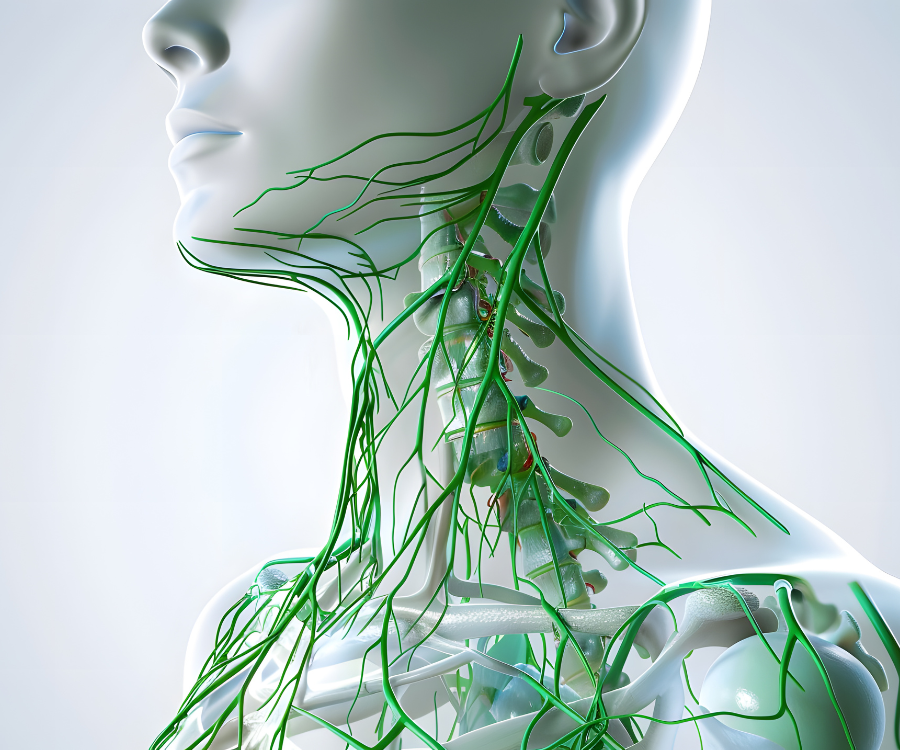Why Your Doctor Might Order a Follow-Up Blood Test
If you’ve recently had blood drawn and your doctor is asking you to come back for a follow-up blood test or “repeat blood work,” it’s completely normal to feel a little anxious. The good news is that a repeat test is often a routine part of modern medicine, and it doesn’t automatically mean bad news.
Think of your first blood test as a quick snapshot of your health. Sometimes, your healthcare provider needs a second, clearer picture to make the best decisions about your care. Here are the top reasons why a follow-up blood test is often necessary and incredibly valuable.
1. To Ensure Accuracy and Rule Out Errors
Even in the most advanced labs, minor issues can occasionally interfere with a test, leading to a result that is either unexpected or hard to interpret.
- Sample Issues: Sometimes a blood sample can be compromised. For example, if the sample was too small, not labeled correctly, or exposed to temperature changes during transit, the lab may be unable to run the test accurately.
- Borderline or Outlier Results: A result that is just barely outside the “normal” reference range is often called a borderline result. Your doctor may want to retest to see if the value is a temporary fluctuation (due to stress, dehydration, or diet) or a consistent trend.
- False Positives: On rare occasions, a test may indicate a condition you don’t actually have—a false positive. A retest is the simplest, most effective way to confirm or rule out this possibility and provide peace of mind.
2. Monitoring Treatment Effectiveness and Chronic Conditions
For many patients, especially those managing long-term illnesses, follow-up blood tests are essential for effective disease management. They are a vital tool for tracking progress.
- Tracking Chronic Illnesses: If you have a chronic condition like diabetes, high cholesterol, or a thyroid disorder, regular blood work (like the HbA1c test for diabetes) is crucial. These tests ensure your blood sugar, hormone, or cholesterol levels remain in a safe, therapeutic range over time.
- Adjusting Medication: Your doctor might order a follow-up test to see how well a new medication or a dosage change is working. For example, blood tests can monitor liver or kidney function to ensure a drug isn’t causing unexpected side effects.
3. Observing Trends and Disease Progression
Health changes don’t always happen overnight. Sometimes, a single blood test isn’t enough to establish a clear pattern.
- Identifying Trends: Repeated tests allow your healthcare provider to look at results over weeks or months to see if a value is stable, improving, or worsening. This longitudinal view is far more informative than a single data point and helps your doctor predict potential issues before they become serious.
- Delayed Detection: Certain health issues, like early nutrient deficiencies or a slowly developing infection, may not show up clearly in the initial stages. A follow-up test, scheduled after a period of time, can offer a more definitive picture.
Don’t Panic: A Second Test is a Sign of Good Care
In short, being asked to return for a follow-up blood test is rarely a cause for immediate alarm. It simply reflects a dedication to precision diagnostics and a commitment to your health.
Your healthcare team is not just treating a number on a lab report; they are treating you. By requesting a second test, they are ensuring they have the most accurate, actionable data to guide your diagnosis, treatment plan, and overall wellness strategy.




